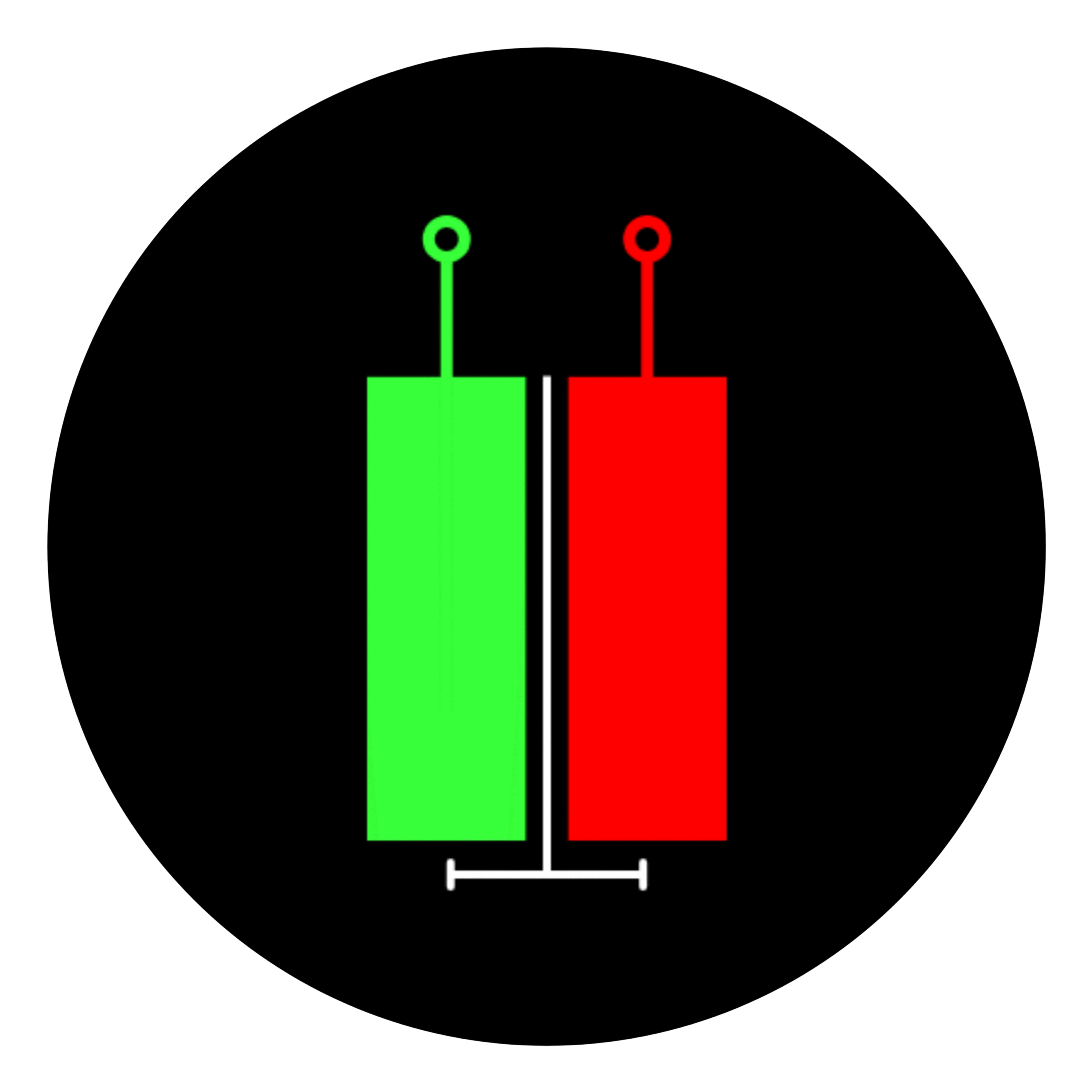Order blocks are zones on price charts where big institutions place large buy or sell orders. These zones shape future price moves.
The recent investigation into Jane Street’s rapid derivatives trades shows how fast algorithms can mimic these order blocks. In this article we explain what order blocks are in simple words and how Jane Street’s microsecond trades mirror them.
Order blocks are key price zones where large players seek liquidity. Unlike the classic “last down-close candle before a rise,” true institutional order blocks often begin by inducing retail selling—creating a false bearish move to capture buy stop-losses above the high of that selling candle—then flipping into longs. Jane Street’s microsecond-level trades mirror this tactic: they engineer brief sell-off scenarios to trigger stops, then reverse into buy orders and profit from the ensuing rally.
Table of Contents
What Are Order Blocks?
Order blocks originate in Smart Money Concepts, which studies how institutions manipulate price to gain better fills and control market flow. In these concepts, an order block is a zone where smart money has clustered large buy or sell orders, leaving behind a liquidity imbalance that attracts future price tests.
- Liquidity Pools
Smart money hunts clusters of retail stop-loss and pending orders at obvious support or resistance levels. - Imbalance Creation
When big orders execute, they leave more bids or offers on one side, setting up an imbalance that price will revisit. - Future Price Magnets
Price often returns to these zones to fill remaining orders or induce further reactions.
Also Read – The Inner Circle Trader: Michael J. Huddleston’s Life & Methods
The Retail Candlestick View (Classic Order Block)
Retail traders identify order blocks on candlestick charts using a simple pattern:
- Down-Close Candle
A single bearish candle that closes lower, marking where selling peaked. - Strong Reversal
The next candles reverse sharply upward. - Block Zone
The high or low of that first candle becomes a key support or resistance level. - Trading the Bounce
When price revisits that zone, traders expect a bounce, believing institutions will defend it.
This works in slower markets but misses how institutions really exploit retail stops.
Stop-Loss Hunting: The Institutional Trap
Rather than waiting for a natural reversal, institutions often hunt stop-losses by creating brief false moves. This process has three steps:
- Induce Retail Selling
Institutions push price down to a known support area. Retail traders sell, placing their stop-loss orders just above the high of the bearish candle. - Trigger Buy Stops
After traders commit to shorts, institutions reverse and drive price up to hit those buy stop-loss orders clustered there. This creates sudden liquidity. - Flip into Long Positions
With buy stops triggered, institutions accumulate long positions at a better average price and let the market continue upward.
This is the true “order block” behavior: create a fake bearish zone, trap shorts, then go long.
Corrected Algo Order Block: Step-by-Step
| Phase | Institutional Action | Retail Reaction |
|---|---|---|
| Sell-Off Trap | Place large sell orders at a support level to push price down into a known demand zone. | Traders short the dip, setting stop-loss orders above the bearish candle’s high. |
| Stop-Hunt Rally | Reverse: buy aggressively to lift price back above the candle high and trigger buy stops. | Short-position stop-losses are triggered, adding more buy orders and fueling the upswing. |
| Long Accumulation | Use the liquidity from triggered stops to build a significant long position at a good price. | Retail traders miss the move or cover shorts too late, suffering losses. |
| Continuation or Exit | Allow the market to drift higher or exit positions after creating a new support zone. | Traders look to the former candle zone now turned support—a textbook order block bounce. |
This cycle can occur in milliseconds when driven by high-frequency algorithms.
Jane Street’s Microsecond Manipulation
In early 2025 the National Stock Exchange began probing certain F&O trades by Jane Street Singapore Pte. Its surveillance system flagged a series of rapid trades where positions were opened and then reversed with the same counterparties within seconds. These reversals occurred at prices markedly above or below the prior trade price.
The NSE issued a notice in January to the custodian bank overseeing Jane Street’s trades. In their reply both the custodian and Jane Street explained these were fully automated algorithmic trades with no human intervention and asserted there was no malicious intent.
Sources indicate that fast trading firms often rely on multiple AI models. Sometimes different models take opposing views on microsecond price moves, resulting in quick flip trades. Jane Street is not alone—several other foreign portfolio investors have received similar notices and are responding to the exchange.
Meanwhile Jane Street’s India business has grown rapidly. Its funds now carry large exposures in Indian derivative markets. This probe highlights how high‑speed trading algorithms can produce sudden, large order flows that attract regulatory scrutiny.
Why This Matters for Retail Traders
- Invisible Zones
Micro-order blocks live and die in milliseconds. Standard charting tools won’t show them. - Unseen Manipulation
Traders assume the “last down-close candle” is genuine institutional activity. In fact, it may be a crafted trap.
Conclusion
True institutional order blocks are not just zones of past bulk orders. They often begin with a false bearish move designed to trigger buy stop-losses above a selling candle’s high. The resulting liquidity lets smart money flip into long positions at optimal prices. Jane Street’s microsecond strategies embody this concept, highlighting how speed and intent shape modern markets.
Disclaimer: This article is provided for informational and educational purposes only and is not intended as an inducement or recommendation to trade. Always conduct your own research and consult a qualified financial advisor before making any investment or trading decisions.

